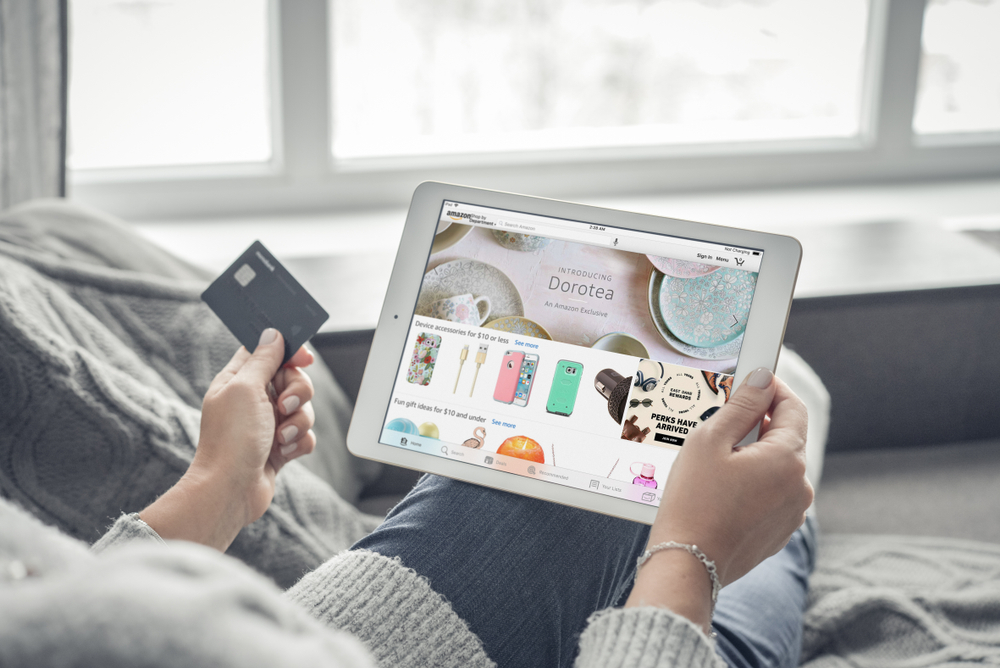
Amazon takes a lot of care to make all product photos look the same. There are strict rules, particularly when it comes to your main image. Viewers get to see products as if they were staged for judging at a show – all in the same light, same size, same definition.
So a lot of FBA sellers think the main thing to do with Amazon photos is to just make sure they comply with the guidelines. But there’s a lot more you can do than that.
You have 9 images in total that you can use. Unless you have a very unusual product, just taking pictures of it from different angles is not going to interest people very much. So you need to use those images to tell a story.
Shoppers will probably look at the main image, and if they’re interested, scroll through to the next one… and keep going as long as they’re intrigued. The longer you keep them there, the longer they’ll stay on your product page, and the more likely they are to convert. (That increases your conversion rate, which gives you better rankings in Amazon’s search engine.)
So try to tell a story. For instance, if you’re selling a fountain pen, it’s not going to be much of a story if you just take pictures at different angles. But suppose it’s a really artistically made pen with a painted design on the sides, a special nib for doing copperplate handwriting, and a special ‘snake’ clip. You could tell a story like this;
• Product photo, the pen with the cap on.
• Hey, what happens when I take off the cap? The pen uncapped.
• Let’s look at the action! A close-up of the nib, and this time with text and arrows to show the cut-out sides that make the nib super flexible, so you can get contrasting thick and thin lines, and the special tipping on the nib that makes it smooth to use.
• Yes, but how does it write? A picture of someone writing with it. So now we’ve introduced a real live human into the story. And we can also see some of their writing, so we can see those thick and thin lines, and since we got a calligrapher to model for us, we can see how beautiful the writing is.
• “Mr DeMille, I’m ready for my close-up” – closing in on the hand and the writing.
• And another closeup, this time of the painted pattern on the pen.
So that’s taken six photos, and we’ve told a story, and we’ve also changed from the overall view to closeup a couple of times, and we’ve also introduced the user into the story, and we’ve also shown how this pen works.
In-action photos tell a good story. You don’t have to have white backgrounds for these ones. In fact, the background is part of the story. So if you’re selling kitchen equipment, make sure you set it in a kitchen that’s appropriate to your target customer. If you’re selling a home decor item, like a lamp and lampshade, set it in the kind of interior that it would fit – whether that’s industrial style, bohemian, or country cottage.
If you’re selling clothing, say a shirt, show your models wearing it – and put them where you’d naturally wear that particular item. So for a check lumberjack shirt, show your model in the forest or out in a boat or by the waterside; for a velvet jacket, a plush hotel or an opera house is the right setting. And have them do what you would do – dance, hike, smile or grin – and what’s going to make buyers feel “Yes, I’m going to enjoy wearing that.”
Get your photos to tell a story – and watch your sales increase!
